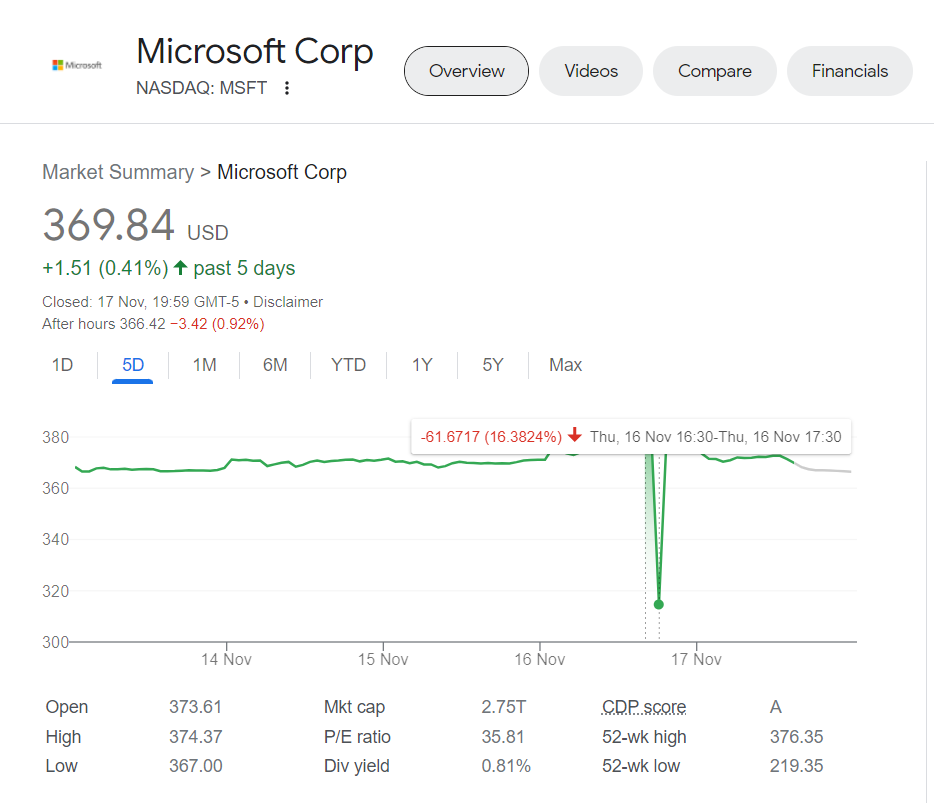The recent developments at OpenAI, marked by the departure of CEO Sam Altman and the appointment of Mira Murati as interim CEO, have created a significant shift in the company’s leadership. According to CNBC, the board of directors decided that Altman was “not consistently candid in his communications with the board,” leading to a loss of confidence in his ability to lead. This decision was part of a “deliberative review process” conducted by the board.
Sam Altman, in a post on Twitter, reflected positively on his time at OpenAI, stating it was transformative for him personally and hopefully for the world a bit. He mentioned his appreciation for working with talented people and hinted at discussing his future plans later.
The Guardian reports that Altman was planning to launch a new company before his departure from OpenAI, and former OpenAI president Greg Brockman, along with other senior executives, is expected to join him in this new venture. The report also mentions that OpenAI’s board was in discussions with Altman about possibly returning as CEO just a day after his ousting. However, OpenAI’s statement indicated that Altman’s ousting was due to allegedly misleading the board, without specifying details.
Mira Murati, who has been leading the company’s research, product, and safety functions, is now the interim CEO. Her appointment reflects the board’s confidence in her capabilities to guide OpenAI during this transition period.
These events have caused a stir in the tech world, with various reactions from industry leaders and investors. The situation at OpenAI is seen as a significant moment in the AI industry, with potential implications for the company’s future direction, its relationship with investors, and the broader AI landscape.

Potential Return of Sam Altman to OpenAI’s Helm
In a surprising turn of events, The Verge reports that the OpenAI board is in discussions with Sam Altman about the possibility of him returning as CEO. This development comes just a day after Altman’s abrupt dismissal, which was met with no prior notice. Altman’s stance on the matter is described as “ambivalent,” with a condition for significant governance changes within the company.
The situation escalated when a source close to Altman revealed that the board had initially agreed, in principle, to resign, allowing both Altman and former president Greg Brockman to return. However, the board hesitated, missing a crucial deadline, which was pivotal for many OpenAI staff who were considering resignation. If Altman decides to leave and start a new venture, it is likely that these staff members would follow him.
This potential reversal of Altman’s firing highlights a state of turmoil within OpenAI. The company, already dealing with the aftermath of senior staff resignations, faces uncertainty about its leadership and future direction. Altman’s removal and the subsequent discussions about his return have thrown OpenAI into a precarious position, especially at a time when rivals in the AI industry are rapidly advancing.
The board’s decision to potentially reinstate Altman, coupled with the internal power dynamics, particularly between the research and product divisions led by chief scientist Ilya Sutskever, indicates a deeper struggle within OpenAI’s governance. This situation not only affects the company’s immediate operations but also raises questions about its long-term strategy in developing and managing artificial general intelligence (AGI).
The unfolding events at OpenAI, marked by leadership upheavals and internal conflicts, are a critical juncture for the company. They underscore the challenges faced by organizations at the forefront of cutting-edge technology, balancing innovation with governance and ethical considerations.
Ainu Token aims to offer impartial and trustworthy information on cryptocurrency, finance, trading, and shares. However, we don't provide financial advice and recommend users to conduct their own studies and thorough checks.


